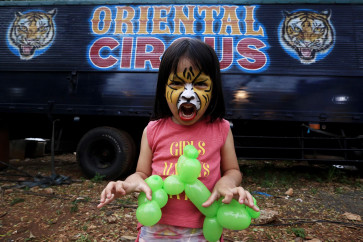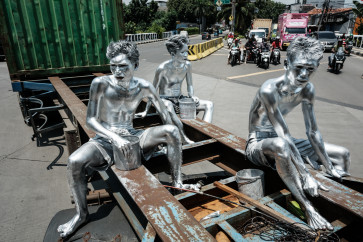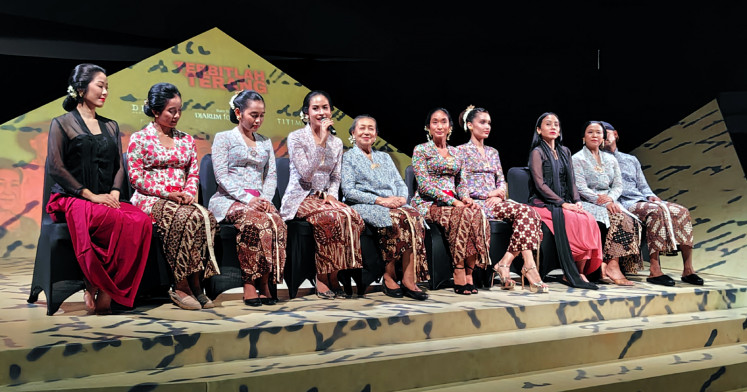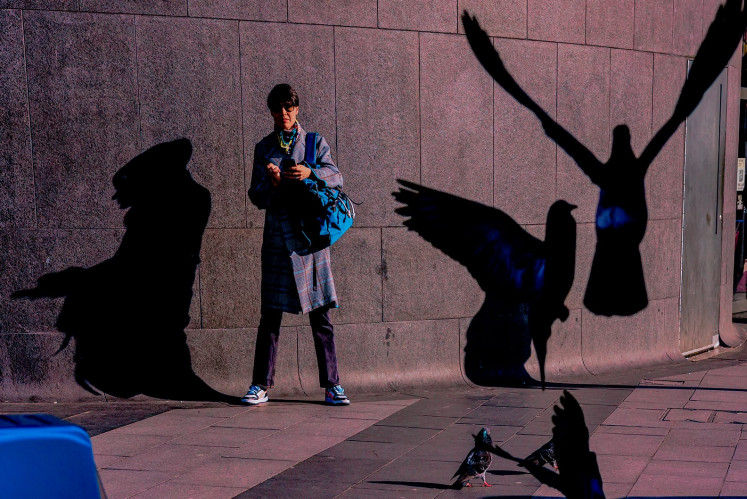Bali, Ancient Rites in the Digital Age
Change text size
Gift Premium Articles
to Anyone
 Bali, Ancient Rites in the Digital Age (Periplus/File)
Bali, Ancient Rites in the Digital Age (Periplus/File)
B
ali is indeed arguably one of the most photographed places in the world. Rice fields, mountains, rites, processions, people — all aspects of Bali have been time and again photographed.
It started in 1912 when Gregor Krause, a German doctor employed by the Dutch government, published a book that mainly consisted of nude Balinese women bathing.
No surprise that this book triggered the Bali craze of which even Saudi Arabia’s King Salman is falling prey to. To a large extent though, this sexualized presentation of Bali rests on a cultural misunderstanding: to the Balinese, nudity does not carry the same meaning as it does to non-Balinese.
Since those days though, little has changed. Most visitors, including photographers, are outsiders who love Bali for the wrong reasons. They pretend to appreciate what they see, but don’t have a clue about what is going on. What they love is photographing, and the feeling of cultural appropriation that is inherent to it. But being outsiders, they see Bali from the “outside,” as exoticism, without a holistic comprehension of it.
Read also: Photographer Bernard Grismayer captures religious ceremonies
Thus, when Gustra — the nickname of Ida Bagus Putra Adnyana — decided to be a photographer, he could not be, nor did he want to be, a “Western” photographer.
To him, Bali was not simply “interesting.” It was “life,” his life. It could not be merely exotic. It had to be shown, as it is, from the inside.
Gustra is the Balinese insider par excellence. Not only is he Balinese but he belongs to a caste that overviews — and indeed gives blessings to — the main rites of Balinese religion: he is a brahmana (Brahmin).
The priests issuing from his family gria have a wide following in southern Bali, and, as he now prepares to enter “old age,” and hence has subdued most of his earthly desires, it would be no surprise if he soon chooses the path of brahmanic priesthood.
Because of such a background, Gustra is not only accepted everywhere but he understands better than anyone the meaning of the rites taking place — down to the Kawi and Sanscrit mantras being uttered by the high priest.
He is also better positioned than anyone to get information about the festivals and ceremonies that take place in faraway places. Once there, as a Brahmin, he is more at ease than anyone to freely move around and take pictures.
Gustra is able to avoid the trap of exoticism: his pictures in the book Bali, Ancient rites in the Digital Age are more than simply “beautiful” and vaguely interesting; they provide us with genuine information. Their order of presentation follows that used by the Balinese.
Read also: Four new eateries to check out in Bali
Hence, after a chapter on Balinese offerings, Gustra has us successively discovering the rites of manusa yadnya (rites of passage), rsi yadnya (rites of priesthood), dewa yadnya (rites honoring the Gods) and buta yadnya (rites honoring the “ground spirits”).
This classification duplicates as a presentation of Balinese tripartite cosmology: that of the manusa (middle world of humans), dewa (upper world of the Gods) and buta (lower world of cosmic spirits).
A cosmology of which the rsi (priests) are the means that open access to ultimate release, presented in a chapter on pitra yadnya (death rites). Thus, we have in images a complete presentation of Balinese rites.
To appease our thirst for more are added short, descriptive captions on what is going on, each with the name of the event in local Balinese. Those captions are written by Diana Darling, a reputable writer on Balinese culture, who has also added an introduction to each chapter.
Beautiful and rich in information, this book is a valuable addition to the library of all lovers of Bali.









